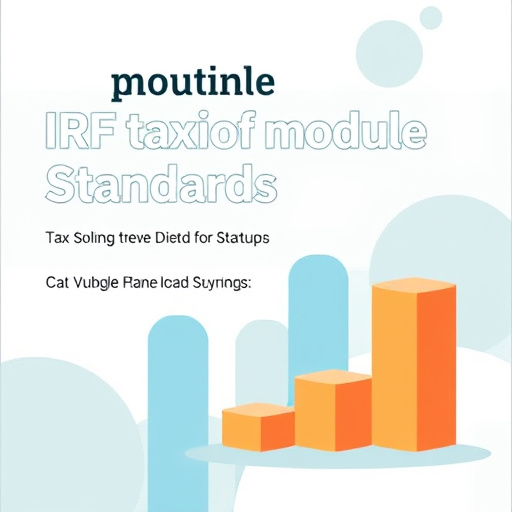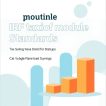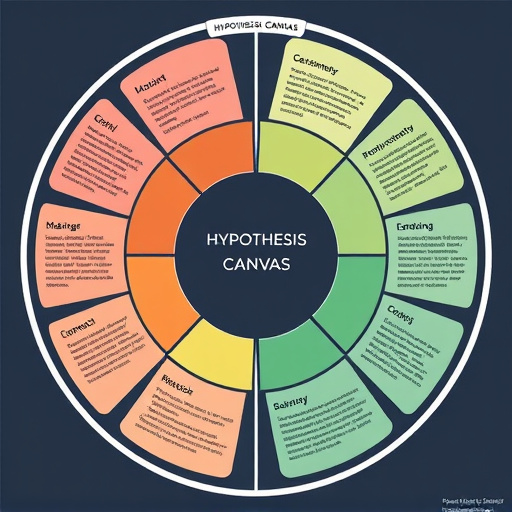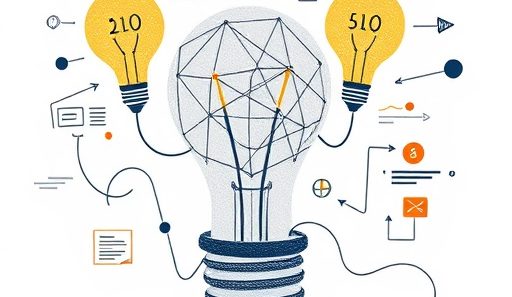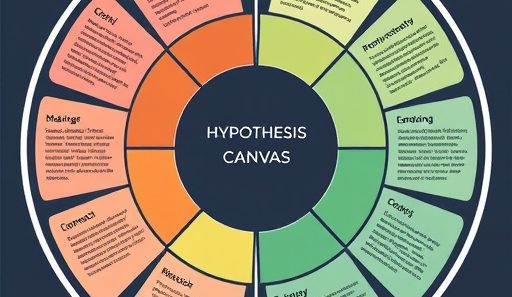In the world of business strategy, few tools are as elegant and powerful as the Business Model Canvas (BMC). It distills the complex machinery of a company into nine fundamental building blocks. But if there’s one block that serves as the absolute foundation -the very heart of the entire model — it is Customer Segments.
Without a clear understanding of who you are creating value for, every other decision, from your channels and customer relationships to your revenue streams which is built on shaky ground. This article will define what Customer Segments are, why they are critical, and how to identify and categorize them effectively.
What are customer segments? The core definition
In the Business Model Canvas, Customer Segments are defined as:
The distinct groups of people or organizations an enterprise aims to reach and serve.
A business model can target one or several, large or small, similar or vastly different Customer Segments. However, each segment has common needs, behaviors, and attributes that cause them to demand a unique value proposition.
Think of it this way: You cannot be everything to everyone. A surgeon uses a scalpel, not a butter knife, for a reason. Precision leads to success. Defining your Customer Segments is the process of sharpening your business’s focus, ensuring that your resources and efforts are precisely targeted at the groups most likely to find value in what you offer.
Why This Definition Matters:
It moves you from a product-centric view (“Here’s what we make”) to a customer-centric view (“Here is whose problem we solve”). Your customers are the source of your revenue; understanding them is not a luxury, but a necessity for survival and growth.
Why are customer segments so critical?
Failing to define your Customer Segments is like setting sail without a destination. You might move, but you’re unlikely to arrive anywhere profitable. Here’s why this block is so foundational:
- Focuses Your Value Proposition: You can’t solve a problem you don’t understand. By knowing your segment’s specific pains and gains, you can tailor your products and messaging to resonate deeply.
- Guides Resource Allocation: It tells you where to spend your marketing budget, which features to develop next, and which customer service channels to prioritize.
- Informs Other BMC Blocks:
- Channels: Where do your segments get their information? (e.g., LinkedIn for B2B, TikTok for Gen Z).
- Customer Relationships: What type of relationship do they expect? (e.g., personal assistance for high-value clients, self-service for budget-conscious users).
- Revenue Streams: How do they prefer to pay? (e.g., subscription, one-time purchase, freemium).
- Creates a Competitive Advantage: A deeply understood and well-served niche is far harder for competitors to disrupt than a generic, broad market.
Different types of customer segments
Not all customer groups are the same. The BMC encourages you to think critically about the nature of your segments. Here are the most common types:
1. Mass Market
This model ignores distinct segments and focuses on a very large group with broadly similar needs and problems. Think of companies selling commodity products like electricity or basic food staples. The value proposition is standardized for everyone.
2. Niche Market
This model caters to a specific, specialized segment. Your value proposition, channels, and customer relationships are all tailored to the unique requirements of this niche. Examples include orthopedic shoes for people with specific foot conditions or high-performance parts for professional racing drivers.
3. Segmented
Here, you serve multiple segments within the same market, with slightly tailored value propositions. A bank, for instance, serves both individual savers (with savings accounts) and individual borrowers (with mortgages and loans), adjusting its offerings for each.
4. Diversified
This business model serves two or more completely unrelated Customer Segments with very different needs. A classic example is Amazon: it serves online retail consumers and also has a highly profitable segment in cloud computing services (AWS) for businesses.
5. Multi-Sided Platform (or Multi-Sided Market)
This model serves two or more interdependent segments. The platform cannot function unless all segments are present. A credit card company needs both cardholders (to spend money) and merchants (to accept the card). A newspaper needs readers (to consume content) and advertisers (to pay for the platform).
How to define your customer segments
Moving from a vague idea of “customers” to a clearly defined “segment” requires research and empathy. Ask these questions:
- Who are we solving a problem for?
- Who is paying for our product/service? (Note: The user and payer can be different segments).
- What are their most significant frustrations (pains) and desires (gains)?
- Where do they spend their time (online and offline)?
- What job are they “hiring” our product to do?
To bring your segments to life, go beyond demographics. Create Customer Personas—detailed, semi-fictional representations of your ideal customers. Give them a name, a job, goals, and challenges. This makes them real and ensures every team member is aligned on who they are serving.
Conclusion: Your Business Starts Here
The Customer Segments block is the cornerstone of the Business Model Canvas. It is the first and most crucial hypothesis you must test. Before you build a product, craft a marketing campaign, or set a price, you must be able to clearly articulate: “Who is our customer?”
By investing the time to define and understand your Customer Segments, you transform your business from a solution in search of a problem into a purpose-driven entity designed to create and deliver real value to the people who matter most. In the architecture of your business model, this is the foundation upon which everything else is built. Build it wisely.
